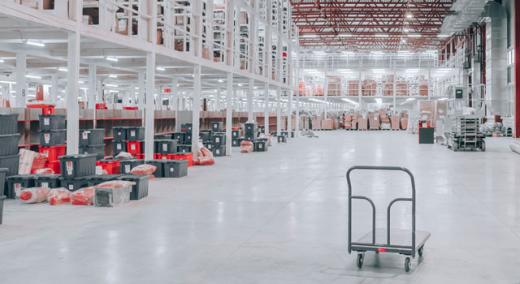Credit: Jake Nebov on Unsplash
Body
Consider these two pieces of recent industry data: (1) 75 percent of the workforce will be millennials by 2025. Thousands of experienced workers are retiring daily. The Silver Tsunami is real, and it’s rising fast. This unprecedented talent loss is draining industry of its ability to train and retain the incoming workforce. Manufacturers need to adopt proactive solutions to combat the effects of the shifting workforce of people hitting normal or early retirement.
…
Want to continue?
Log in or create a FREE account.
By logging in you agree to receive communication from Quality Digest.
Privacy Policy.

Comments
The Retention Problem can be reduced to one thing.
The best employee retention strategy is caring about people. It's really that simple. We have a problem with retention because people understand (in their heart) that their employers don't care about them. We are much more intelligent instinctively and emotionally than we are rationally, even if we justify ourselves and our actions rationally.
Add new comment